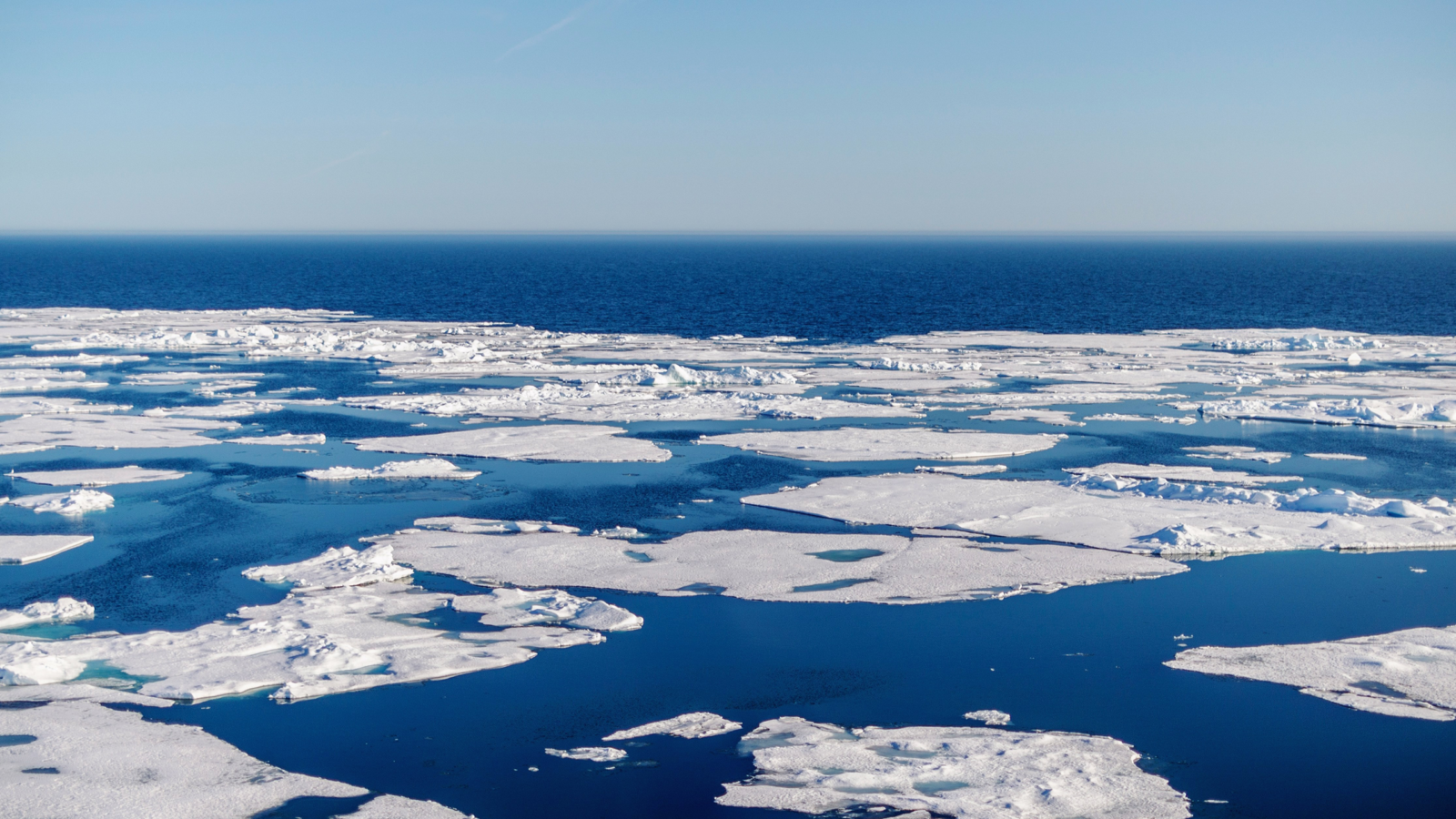Can We Solve Climate Change by Suing Polluters?
Climate litigation is rapidly transforming to offer the promise of big victories and big cash prizes for lawyers.

Sign up for smart news, insights, and analysis on the biggest financial stories of the day.
Your typical mental picture of an eco-warrior probably doesn’t involve billing by the hour, but climate litigation is not just growing — it’s snowballing.
The European Court of Human Rights (ECHR) was established in 1959 to safeguard the rights and basic freedoms of more than 700 million people in Europe. But one of its biggest rulings may end up protecting the entire planet.
Last month, the ECHR handed down a blockbuster ruling in favor of a group of elderly Swiss women arguing that their government had violated their human rights by failing to enact strong enough policies to combat climate change. This inaction, they argued, would contribute to more frequent, more intense heat waves that would disproportionately affect their quality of life — and in an unappealable judgment, the court agreed.
Besides being a great underdog story, the ruling situated climate change squarely as a human rights law issue with immediate judicial effect, and its effects could be far-reaching. “Human-rights-based climate cases are before courts in Brazil, Peru, Australia, and South Korea,” Maria-Krystyna Duval, Chief Programme and Impact Officer at climate litigation non-governmental organization (NGO) ClientEarth told The Daily Upside, adding, “It’s possible this decision could impact those crucial proceedings as well.” The Swiss win is part of a growing patchwork of climate litigation, one that’s about to undergo an even more rapid transformation with climate cases not just promising potentially big wins but also big cash prizes for the lawyers that win them.
Lawyering Up for Mother Earth: A History
Plaintiffs started taking governments to court over their climate-change inaction around the 2010s, and the trend properly took off in 2015 following the Paris Agreement. Last year, a report published by the UN Environment Programme and the Sabin Center for Climate Change Law at Columbia University found that climate-change lawsuits grew 146% between 2017 and 2022. Dr. Birsha Ohdedar, a lecturer in environmental and climate change law at the London School of Oriental and African Studies, told The Daily Upside that some of the groundwork for litigating climate change as a human rights issue was laid by environmental cases in the 1990s — things like class actions on behalf of communities affected by things like toxic chemical spills. The only problem is that climate change is… well, it’s a much bigger problem than an oil spill.
“With something like a toxic oil spill, or a big factory going up or something, you can kind of see exactly what the problem is and think of the solution very quickly, like: ‘clean up that oil spill’ or ‘we’ll stop that factory from being built.’ But with climate change, it’s so much more complicated, because the sources of the problem are these emissions from everywhere, not just from Switzerland, but from every country,” said Ohdedar.
The Swiss judgment highlights how knotty climate justice is. The ruling focuses entirely on Switzerland and its responsibility to Swiss citizens — rather than dealing with any responsibility to citizens of other countries who are possibly far more impacted by climate change than even the old ladies of Switzerland, specifically those in the global south. However, Ohdedar pointed out, a couple of other cases do address that imbalance:
- A Peruvian farmer, Saúl Luciano Lliuya, sued German energy company RWE in 2017, arguing that as one of the world’s top emitters, it owes damages to help protect his hometown, which is at risk from an overflowing glacier lake. The case is still working its way through the German courts, and last year two German judges flew out to Peru to see the damage for themselves.
- In January, eight people from the Caribbean island of Bonaire, a municipality of the Netherlands, brought a case against the Dutch government arguing it had failed to protect their human rights by allowing sea levels to rise, posing an existential threat to their island. If successful, it could set a major precedent, given that Holland isn’t the only European nation with territories in the Caribbean. “I think that’s a really fascinating angle to be opened up. And it’s pretty ironic that they’re using the legacy of colonialism,” Ohdedar said.
Of course, there’s something to be said for any kind of a win, and the Swiss ladies’ victory is still a “huge symbolic victory,” Professor Lisa Vanhala, a political scientist at University College London, told The Daily Upside. “When done really well, climate litigation can galvanize, it grabs headlines,” she added.
But Vanhala added that enacting real climate change action through the courts won’t be easy. For one thing, the legal system is slow, and climate change appears to be less so. For another, international court judgments may conflict with local democratic processes. The Swiss women’s case came after Switzerland held a series of referendums on climate policy where voters rejected a more robust approach to climate regulation. Nonetheless, she views courts as crucial in modern democracies, as they can take a “long-term view” of the public interest because, unlike political parties, they don’t have to worry about popularity contests or election cycles.
Persuasion Game: International courts are also pretty limited when ordering remedies. The ECHR ruling ordered Switzerland to make some new policies, but it didn’t really prescribe what those policies should look like. And it’s not like there are any overnight fixes or anything. Dr. Benjamin Franta, founding member of the Climate Litigation Lab at Oxford University, said enforcement has never been international courts’ forte. “It’s a well-known challenge [with] international courts: Because they don’t have independent police power, they must persuade member states to comply with their orders.”
That means no giant fines or police raids — for that kind of action, you need to look at a whole other area of climate litigation.
The Tort-ured Lawyers Department
Climate fights are increasingly being fought on personal injury grounds, especially in the US. Whereas in previous years the only lawyers driving climate litigation with gusto were attached to big NGOs with political agendas, now a few commercial law firms have joined the fray. Last year, four US law firms that had previously specialized in cases focused on asbestos and opioid manufacturers joined climate cases filed by states against big fossil fuel companies. Franta told The Daily Upside he believes more firms will follow.
“The US probably has the most powerful tort system in the world,” Franta said about the area of law focused on civil, not criminal, wrongdoing, adding that damages won from oil and gas companies could potentially end up in the trillions of dollars. “This could become the biggest mass tort ever in the history of law,” Franta said, adding that the US has set solid precedents for mass torts, including the tobacco and asbestos industries.
Franta also said we’re approaching a critical moment in 30-odd ongoing US cases, which were largely filed against fossil fuel companies by state and local governments. Many of the cases are close to entering the discovery process (where plaintiffs may gain access to fossil fuel companies’ files and see exactly how much they knew and when about their industry’s impact on climate change) and trials.
If those trials result in fines, a lucrative business model is waiting for law firms that specialize in taking big companies to court on contingency. And for law firms that make their money defending big companies, the billable hours will be vast.
On top of tort law, other cases in the courts rely on consumer protection laws. Those cases tend to focus on “greenwashing,” i.e., companies making out that they’re doing more to combat climate change than they actually are. Consumer protection laws, like tort law, offer some pretty strong protections and open up a whole new section of the lawyering industry as corporate lawyers could join the party.
A Growing Cornucopia: Like subspecies of cicadas, new forms of climate litigation are emerging all the time. “We’re seeing a very diverse range of legal actions related to climate change,” said Franta. “There are investor-oriented claims, damages claims, human rights, consumer protection […] the range of defendants is expanding from fossil fuel companies to entities like banks, automakers,” he said. ClientEarth’s Duval told The Daily Upside the NGO specifically seeks out cases where it can break new legal ground. “But it’s not just about going to court,” she said, “ClientEarth works on the full cycle of the law – it’s about identifying what new laws are needed, helping write the right laws, ensuring that they are implemented and enforced effectively, and then, if we have no choice, taking steps to compel those responsible to comply with them.”
Duval also said the diversity of cases is growing. “The well-documented increase in litigation brings enhanced legal risk across the commercial and financial sectors – beyond the usual suspects in oil and gas,” she said. “We’re expecting a much bigger focus on supply chains and biodiversity loss risk as the financial and business implications of global nature decline really take hold,” she added. Specifically, she said financial actors like banks, pension funds, and investors are getting embroiled in the legal battles.
As more cases build up, Franta believes momentum will continue to grow because the damages from climate change are mounting, and because research and legal discovery may uncover additional evidence of malfeasance.
“That evidence of malfeasance is accumulating, it’s not becoming any smaller over time,” he said.











